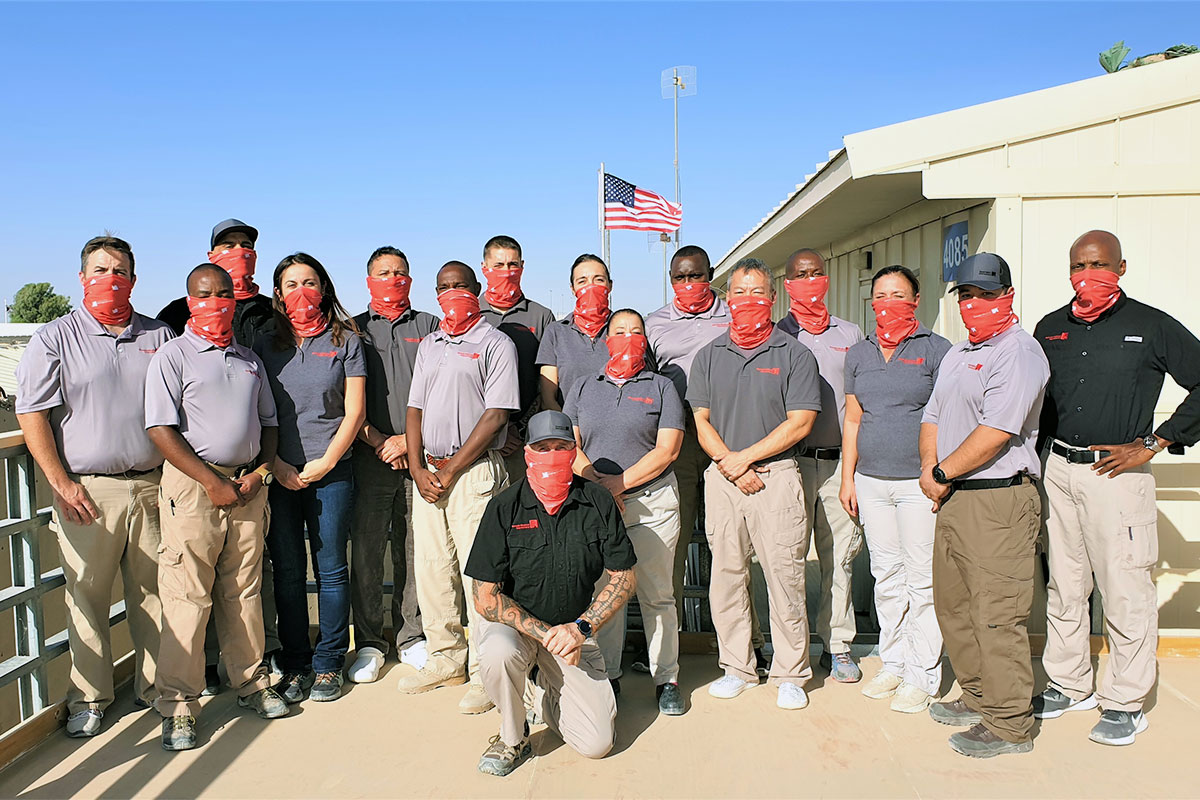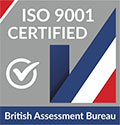For the past several years, RMI Instructor Michael Spencer has spent a significant amount of time in Kenya developing a small design firm dedicated to sustainable and affordable housing. In late September, Michael found himself ten minutes away from the tragic terrorist attack in Nairobi’s Westgate mall, where he helped organize and operate a triage center for wounded soldiers and hostages. He joins us this month with an account of his recent experience providing voluntary emergency medical relief at the scene:
Emergency medicine is a phrase that can mean many different things to many different people. It is a field that encompasses hospital emergency rooms, ambulance services, search and rescue, life guarding, combat first aid and much more. For some of us it is a full time profession and for others an exciting and challenging hobby. Regardless of which category you fall into, if you are trained in emergency medicine, you suddenly accept a responsibility to act when things go wrong, whether you are on the clock as a professional or not.
Over the years I have found myself in a number of scenarios where my training in emergency medicine has proven very valuable and played a small part in making a bad situation slightly more manageable. Typically these incidents have always been backcountry related: avalanches, climbing accidents, and the occasional motor vehicle accident along a remote stretch of road. As this is the environment I am used to working and playing in, I have always felt somewhat comfortable, though not always fully prepared, to deal with accidents in such an environment. Recently, however, I found myself responding to a situation that was far outside my scope of experience—a situation that tested my ability to quickly adopt my skills and experience to a new set of challenges.
On Saturday September 21, I was staying at a friend’s house in Nairobi, Kenya when al Shabab terrorists attacked the Westgate mall, located ten minutes from where I was staying.
Initially, the press and local authorities thought it was a bank robbery gone bad, and thus something that I assumed would not be significant enough to overwhelm the local emergence medical services. This being the case, I did not immediately consider it necessary to volunteer my skills as an EMT but rather watched things unfold on television while continuing the work I had at my desk. As things carried on into the afternoon, it became apparent that the incident was much more than a bank robbery and that a mass casualty incident was underway. At that point, I decided I should get involved.
I made a few phone calls to friends that work in Kenyan EMS and found a contact at St. Johns ambulance service that was looking for help setting up a triage center at a community center 100 meters from Westgate mall. This decision was made in anticipation of the large number of hostages and wounded victims that were expected to come out of the mall, at any moment, once the attack ended.
I grabbed my medical kit out of my car, stuffed a headlamp and cell phone charger in my jacket pocket, and made my way to Oshwal Indian Community Center at 8pm Saturday night. When I arrived I found a diverse group of doctors, medical students, and nurses that had also decided to volunteer and had recently arrived. After having a look around and assessing the situation, I tried to find out who was in charge. I got one of those classic responses where everyone looks around, and then they look back at you. I had accidentally just found myself in charge.
Later that night, a small group made up of a doctor, her engineer husband, a med student, and me worked quickly to roughly organize the volunteers and prepare for a wave of patients we expected to arrive any minute once the police ended the standoff.
By 5am Sunday morning, after a long night of fitful napping in the front seat of an ambulance, we had yet to see any patients. Volunteers who had been there overnight were beginning to reach just as many more people were arriving to offer help. The sudden influx of volunteers provided a much-needed opportunity to re-group and better prepare ourselves to treat patients. After sending many volunteers home with instructions to rest, eat, and return later in the day, I set about re-organizing our triage area.
First, I began working with a South African medic to assess our resources and organize a new group of four or five doctors, six or seven medics, ten or twelve nurses, pharmacists and first responders, and twenty or so trauma counselors. We designated three sections of the underground parking garage as ‘Red’, ‘Yellow’ and ‘Green’, the internationally recognized START triage colors.
Next, we inventoried our medical supplies, which had been hastily gathered the night before, identified a list of additional items and medications we would potentially need, and ordered from a number of pharmacy owners who were offering to donate supplies. Using the many volunteers who lacked medical training but wanted desperately to help, we put together several teams for ambulance loading and unloading, directing traffic, managing security into and out of the triage area, and communicating with the press.
During our reorganizing, a firefight broke out inside the mall and we could hear the staccato echoing of automatic gunfire and thuds of grenades going off just down the street. Soon we received information from ambulances stationed around the corner that we had patients on the way.
A few minutes later, our preparations paid off when a row of cars and ambulances arrived carrying wounded soldiers and hostages. For the next three hours we successfully managed a steady flow of patients. After assessment and stabilization, we either transported the patients to the appropriate hospital or treated them on scene. By Sunday afternoon things had quieted down, we resupplied, rested, and prepared for additional patients.
Tragically, as the fighting in the mall wore on without a fast resolution, it became apparent that we would not be seeing any more patients, as those that had been injured inside had been inaccessible for upwards of forty-eight hours and still could not be evacuated. I remained at the scene managing shift changes, etc. until Tuesday morning. Â After military operations were completed, we shut down our operations and left.
When I woke up on September 21, seventy-two hours before I finally left Westgate, I was not expecting to help run incident command for the medical response to a terrorist attack. I was not expecting to nap in an ambulance for three nights in a row nor manage gunshot and shrapnel wounds in what essentially became a combat zone. I was not expecting to suddenly find myself in a leadership position managing over fifty volunteers. In many ways, I was completely unprepared. I had never been part of anything similar before and had only limited training in dealing with such events. What I did have, however, was training and experience in basic emergency medicine. These skills gave me the ability to think calmly in a traumatic situation and walk confidently toward an incident that most people were running away from.
Once on scene, when things really started happening, the instincts I gained from my EMT training and rescue experience kicked in: scene size up, triage, treat the ABCs, review your available resources, and repeat. Now, after analyzing my experience at Westgate—what went well and what did not—I have improved the tools in my mental emergency response and incident command toolbox. Now, I am a little better prepared for the next unexpected event.


